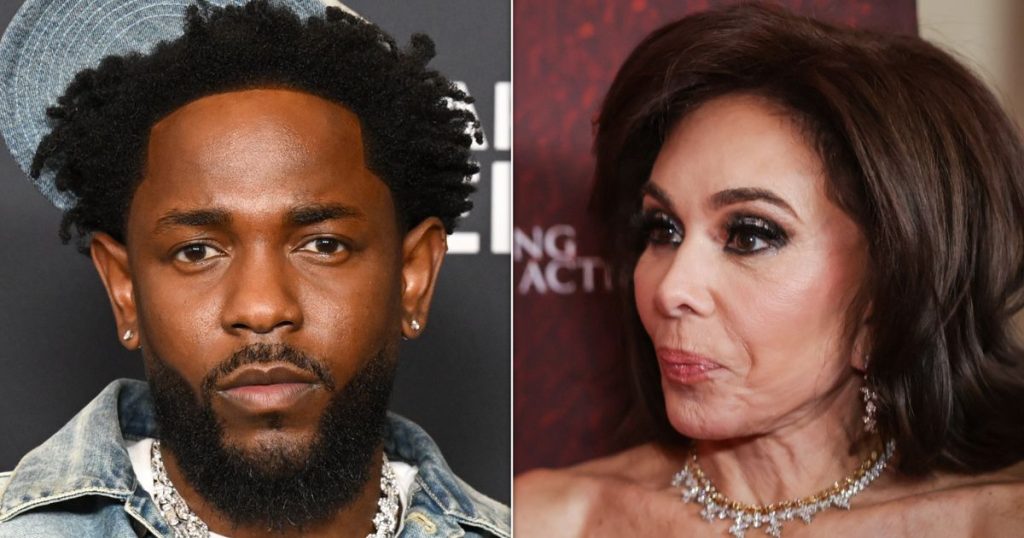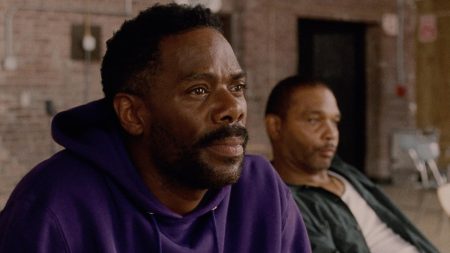Jeanine Pirro’s Scathing Review
Jeanine Pirro, a legal analyst on "The Five," openly criticized Kendrick Lamar’s Super Bowl halftime show, expressing her confusion and disappointment. During her segment, she mispronounced both Lamar’s name and "Grammys," drawing attention to her apparent disconnect with the artist and his work. Pirro compared Lamar unfavorably to past performers like Usher, Beyoncé, and Rihanna, whose shows she found more engaging. Her criticism resonated with some viewers who expected a more vibrant, patriotic spectacle typical of Super Bowl performances.
A Performance Beyond Entertainment
Kendrick Lamar’s performance was far from just entertainment; it was a profound political statement. While Pirro and others might have seen it as underwhelming, Lamar’s show was layered with meaning, making it a bold commentary on contemporary issues. The inclusion of Samuel L. Jackson as Uncle Sam was a deliberate choice, setting the stage for a critique of racial dynamics and patriotism. Lamar’s artistry transformed the halftime show into a platform for social commentary, reflecting his commitment to addressing deeper cultural issues.
Kendrick Lamar’s Political Statement
Lamar’s performance was a covert yet powerful political statement. The use of red, white, and blue attire and the formation of the American flag by his dancers was a defiant assertion of belonging. This act challenged the notion that certain groups don’t belong in America, a theme particularly relevant in today’s political climate. The subtle yet impactful message was a direct response to ongoing issues of racism and exclusion, conveyed through the unifying symbol of the flag.
The Uncle Sam Twist and Its Significance
Samuel L. Jackson’s portrayal of Uncle Sam added a critical layer to Lamar’s performance. The character’s transformation from a patriotic figure to one embodying the historical betrayal of "Uncle Tom" was significant. This twist alluded to the complex relationship between Black Americans and systemic oppression, highlighting themes of betrayal and conformity. Jackson’s character criticized the dancers as "too ghetto," only for them to form the American flag, symbolizing resilience and reclaiming national identity.
Reactions from Fans and Critics
Fans and critics alike praised Lamar’s performance for its depth and message. Many highlighted its bravery and relevance, noting how it addressed racism and the MAGA agenda. Social media was filled with interpretations of the performance as a protest, with fans appreciating the artistic risk and political courage. The show’s layers, from the flag formation to Jackson’s role, were widely discussed, indicating a successful blend of art and activism.
The Bigger Picture
Kendrick Lamar’s halftime show was more than entertainment; it was a cultural and political landmark. By using his platform to address systemic issues, Lamar highlighted the power of art in conveying social messages. His performance not only entertained but also challenged viewers to confront uncomfortable truths, making it a memorable moment in both music and activism. Lamar’s ability to blend art with activism underscores the enduring impact of his work on broader societal conversations.















